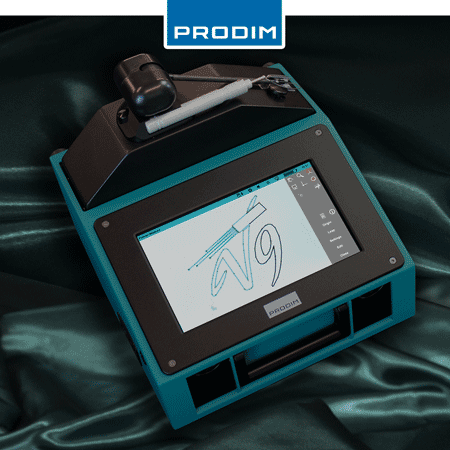Managing safety risks for glass and glazing companies cannot be limited to the shop floor or jobsite. There are many points and tools along the process of any project or sale that provide opportunities to review and consider safety for products, personnel and users. A few examples show how identifying and managing these points requires planning and consistency.
Plan review
The adage about the worth of “an ounce of prevention” is especially appropriate at the plan review phase. Glazing systems are complex assemblies of materials and components that each have their own needs, tolerances and functional parameters. Education and knowledge of these performance factors and limitations can prove an essential risk avoidance step.
Designers and architects play primary roles in setting owner desires in the planning and specification process. Experience with glazing systems and published performance metrics sometimes needs to temper those desires into a functional structure.
Glaziers and product suppliers can play meaningful—and creative—roles in seeing that concerns regarding use, location and specification receive proper attention, while also giving the systems themselves the best opportunity to function and have a reasonable lifespan. Identifying system use issues or incompatibilities with design intent early in a project lifecycle helps protect against complex change orders and the risk of revisiting or modifying completed work when it doesn’t meet real-world performance needs.
Employee empowerment
When on-site, glazing is dangerous. Technical compliance with safety requirements surrounding PPE, fall-prevention, and the Occupational Safety and Health Administration guidelines, or OSHA, can prevent injuries and save lives. Yet, one of the most meaningful, but sometimes overlooked, features of safety on construction sites is employee empowerment.
Repeatedly emphasizing safe practices is most effective when all employees have the authority to address compliance and even stop work if it is unsafe. Safety is everyone’s responsibility, and all employees must know they have the freedom to stop a project or process if it is unsafe and, importantly, not be criticized for that stoppage. This holds true from superintendents down to “gophers.”
End users
Some safety considerations only come into play once a project is completed, and sometimes years later. Proper selection and installation of product features are important in ensuring the users of products are protected from harm due to the product or its use.
Consider limiters and opening control devices used to help limit fall concerns. These items are often required by code, but good planning and sitework can also identify these risks.
Proper specification is crucial, but so too is installation of these safety features. These kinds of product options are important for protecting users from the potential for harm both immediately after installation and also years or decades into the future.
Similar safety considerations must be embedded within high-use components like glass and hardware for doors and other large openings. Proper function—and thus user safety—require attention to the component types ( recep tglazing types, tints and hardness,) but also the impact of the hardware systems on those items and their installation. Decisions regarding handle sets and hinge orientation can play as crucial a role in user safety as glass and threshold selection.
With so many points and variables involved in decisions regarding safety, how can glass and glazing companies begin to address them? A starting point is to recognize that, regardless of where in the transaction chain one is, there are certain common steps that can be used to help address safety.
- Start with attention. Paying attention to processes and work procedures can identify concerns relating to safety and when those items first appear. Project review can identify specification concerns, while project sitework can address worker safety and help inform how a site will ultimately be used. Paying attention to the various safety considerations along each step can help identify issues that need to be addressed and inform future project safety reviews. no kyc crypto exchange canada
- Next comes business planning. Paying attention and identifying issues of concern are important, but only if there is a plan on how to address them. When safety issues have been identified—as either repeated items of concern or project-specific—preparing a checklist to address those items and documenting steps that are taken not only help legally, but also avoid gaps in resolution.
- Finally, consistency is crucial. The return on the investment of paying attention to identifying safety concerns and documenting how to address them is maximized when those steps are used consistently across all projects and operations. Often there can be value in the simple act of asking questions where the answer is “known” because the act of asking can help ensure that nothing is missed or nothing new has developed. Doing this for projects, regardless of scope or scale, can prove especially important when it comes to safety.


